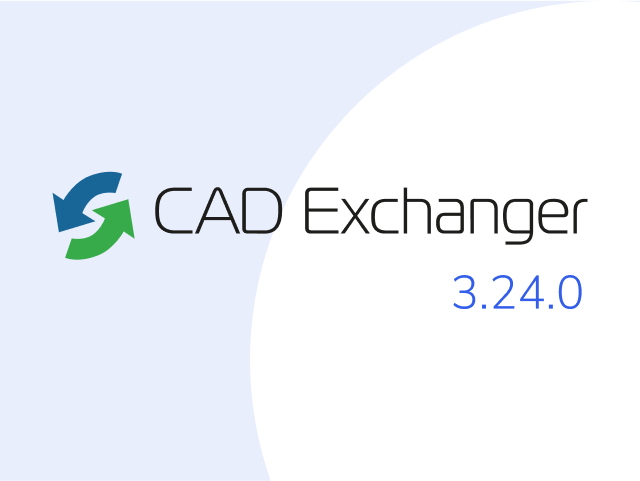

How to convert Collada
to STL?
Applications for end-users. SDK's and tools for software developers. Custom development services for businesses.
Trusted by industry leaders







Available in CAD Exchanger Products
 CAD Exchanger Lab
CAD Exchanger Lab
Desktop app to view, explore and convert 3D CAD data across 30+ file formats
Learn more

Collada
Collada (COLLAborative Design Activity) is an interchange format for interactive 3D applications. Originally developed by Sony Computer Industry, now it is managed by the Khronos Group, a member-funded industry consortium, which now shares the copyright with Sony, Recently Collada has been well adopted by ISO as a publicly available specification, ISO/PAS 17506.
It is an XML-based schema that allows data exchange among 3D Digital Content Creation tools, such as SketchUp, Maya, 3ds Max, and Rhino. COLLADA files have the *.dae file extension, which stands for digital asset exchange.
STL
STL (STereoLithography) is a file format native to the stereolithography CAD software. This file format is supported by many other software packages; it is widely used for rapid prototyping, 3D printing and computer-aided manufacturing. STL files describe only the surface geometry of a three-dimensional object without any representation of color, texture or other common CAD model attributes. The STL format specifies both ASCII and binary representations. Binary files are more common, since they are more compact.
Convert Collada
to STL
Need to work with CAD files in numerous formats? No worries.
From Collada to STL, CAD Exchanger gets you covered.
What Our Delighted Customers Say
From Our Blog

Everything you need to know about CAD file formats
A CAD file is an output of a CAD software, containing key information about the designed object: its geometry and topology representation, 3D model hierarchy, metadata, and visual attributes depending on the format of the file.
Read more
Integration with UNIGINE engine
This article explores the integration possibilities with the UNIGINE engine, a powerhouse in the realm of virtual simulation and game development. Learn how it can be used in applications built with the UNIGINE engine to import CAD and 3D models.
Read more
Manufacturing Toolkit and Web Toolkit enhancements, Unity performance optimization, renaming and rotating SDK examples in release 3.24.0
Explore the wall thickness at a specific point on a surface, enjoy four times faster Unity objects performance, and check out renaming and rotating examples in SDK.
Read more